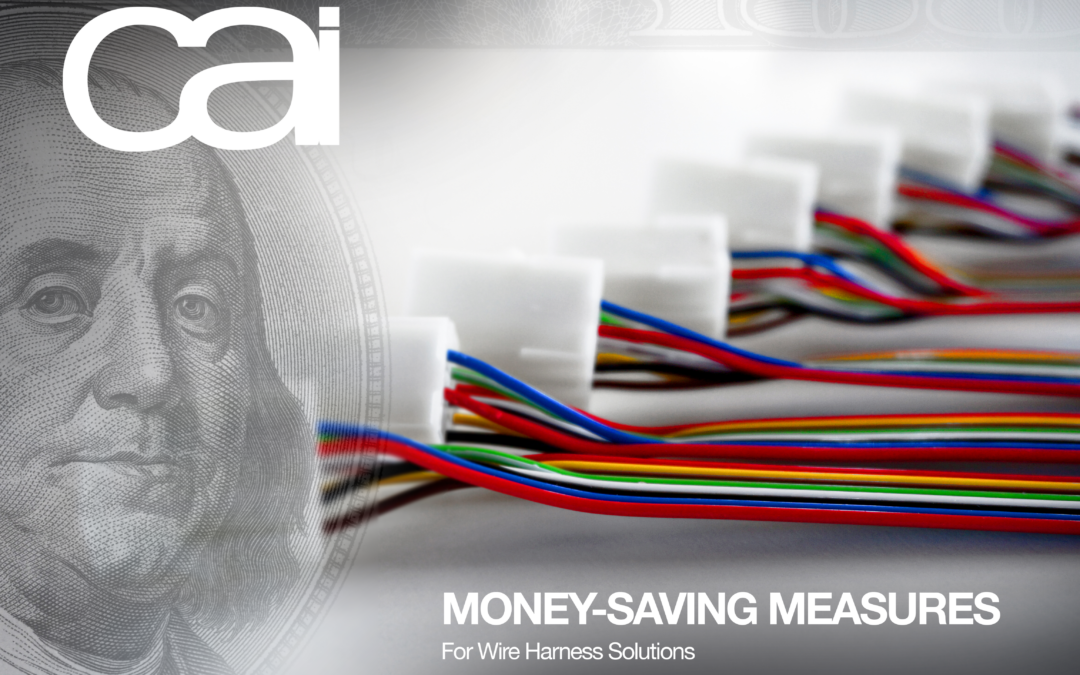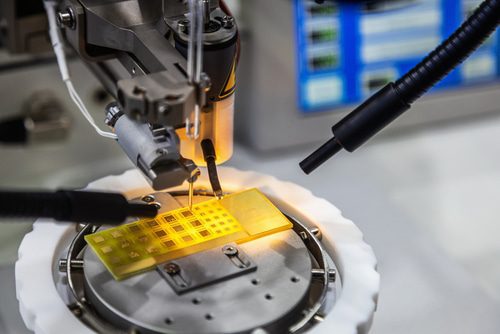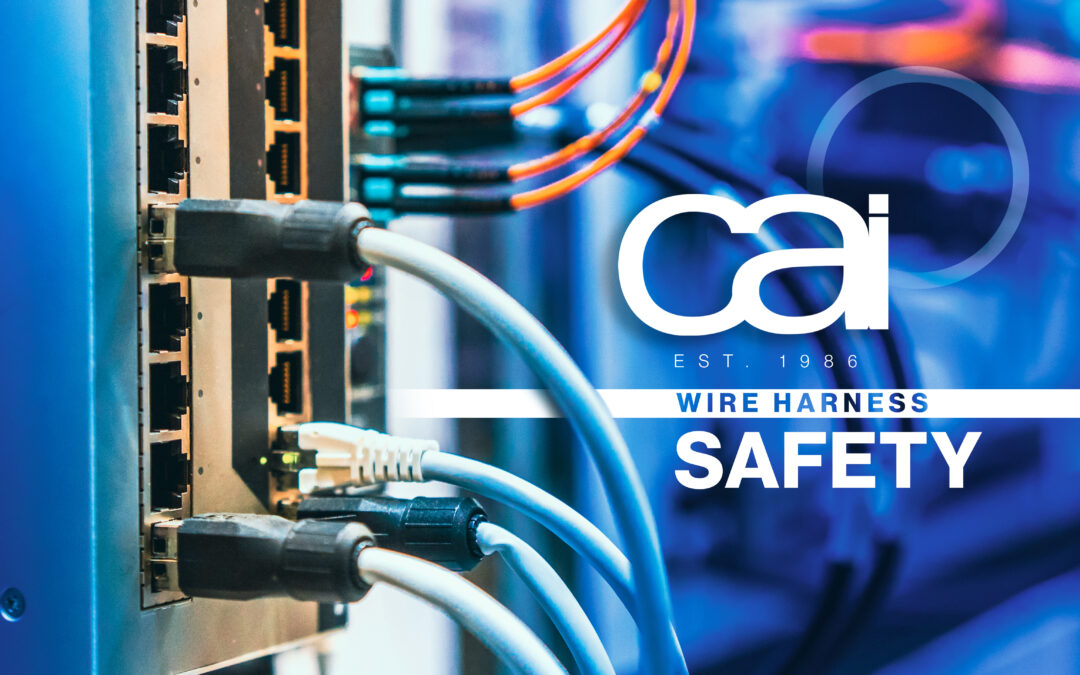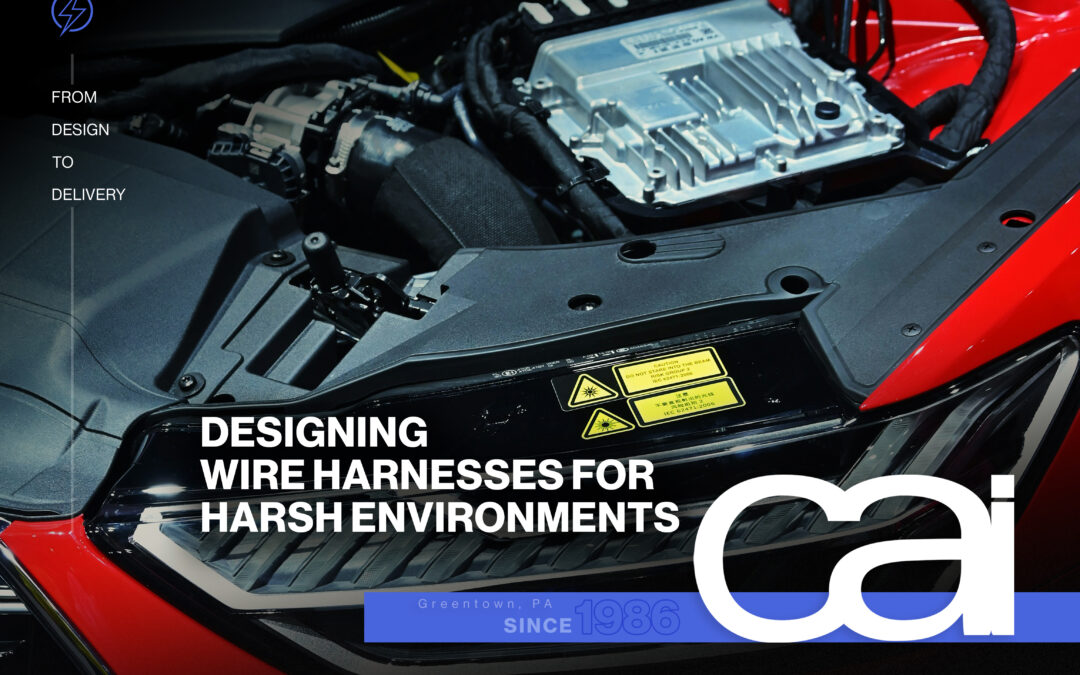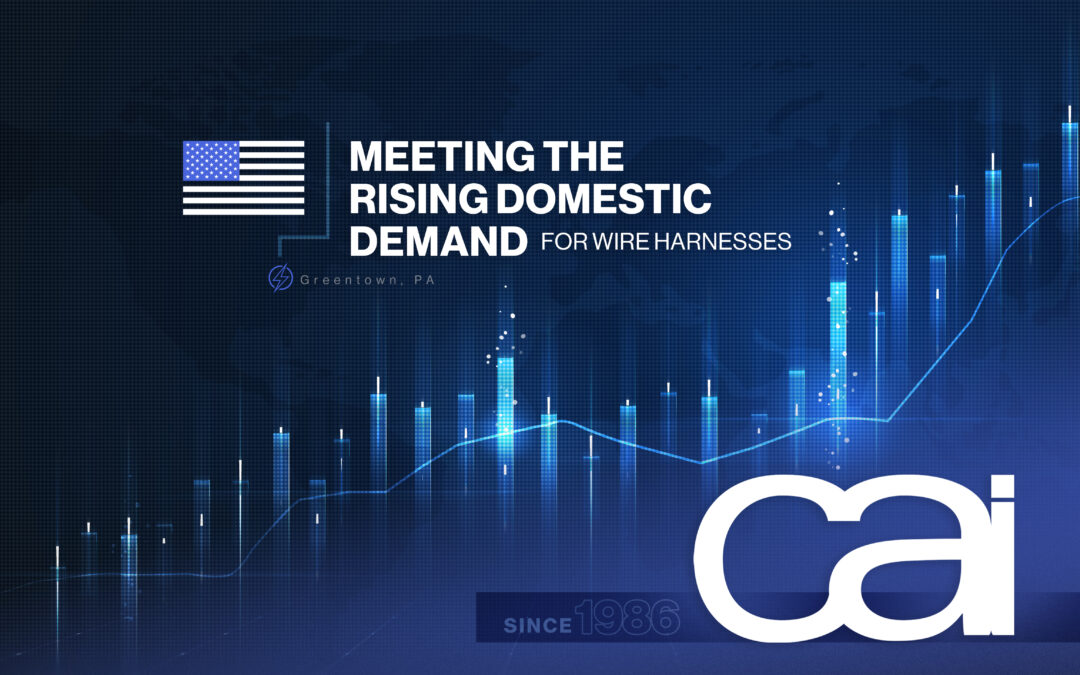Cost-Effective, Time-Saving & More, Ultrasonic Welding Is a Top Option for Joining Different Materials
When most people think of welding, they picture someone in a welding helmet holding a torch or holder, producing a flurry of sparks. While torch and arc welding are best known, most people don’t realize there are other types of welding, ones that do more than just join metal to metal. Ultrasonic welding (USW), for instance, uses a vibrating tool called a horn (sonotrode) to apply high-frequency, low-amplitude ultrasonic acoustic vibrations to two separate mating surfaces, creating frictional heat which melts the material until it forms a molecular bond between parts.
USW can be used to join softer metals (like aluminum or copper) or thermoplastic to thermoplastic and is especially useful for binding contrasting materials, like plastic to metal, or hard plastic to soft plastic.
Particularly useful for welding small, fragile, and/or complex components, USW is frequently employed when manufacturing wire harnesses for a variety of industries from automotive and construction to medical and aerospace.
At CAI, we can perform a variety of welds (e.g. aluminum wire, copper wire, and wire-to-terminal welding), promptly and precisely. Let us know what you need.
Key Advantages of Ultrasonic Welding
No Consumables
Needing only sound waves and pressure to create bonds, USW doesn’t require fasteners (like bolts, nails or screws), soldering materials, or adhesives (e.g. glue). This allows for a more streamlined process which contributes to saving time and money.
Highly Repeatable
USW’s precision automation makes it a very reliable, accurate method that’s highly reproducible and repeatable, making it great for high volumes.
Greater Safety & Control
Using lower temperatures and targeted energy, USW is a safer process than most other welding techniques. Offering broad process control and data management, its machinery makes it easier to manage projects from start to finish, and fine-tune when needed.
Saves Time
Highly automated, with practically no drying or curing time necessary, ultrasonic welds can take mere seconds and offer faster cycle times than traditional welding methods.
Saves Money
USW uses less energy than other techniques, needs less manpower, and has no consumables, meaning greater efficiency and lower production costs in the long run.
High-Quality, Permanent Bonds
Unlike mechanical (e.g. snap-fit, screws, etc.) or adhesive options for joining materials, ultrasonic welding fuses parts together rather than attaching them together, making them the most permanent option offering excellent durability.
Clean, Tight Seals
No filler materials helps avoid contamination during the welding process and no visible seams make for smooth, attractive finishes. When dealing with metals and electrical components, The clean, reliable sealing makes USW especially useful for sanitary manufacturing needs like food packaging and medical products.
Less Heat-Related Issues
Since USW is a solid-state welding process (i.e. it works well below the melting point of base materials), there is little to no thermal distortion, thus preventing any unwanted properties that can come with high heat. This makes it especially suitable for electronics work as it doesn’t distort conductive structures.
Excellent Electrical Properties
The compact ultrasonic-welded joint is less prone to voids and has minimal resistivity, making it conducive to the greater conductivity demanded in wire harness manufacturing. USW is resistant to environmental factors such as moisture, dust, and chemicals, lessening the chance for conductivity or signal deterioration over time due to corrosion of copper wire at the joints.
Versatility
Unlike most other welding methods, USW is great for joining metals, plastics, and dissimilar materials, making it a versatile option for various applications and industries.
Environmentally Friendly
Because USW consumes less energy, involves no consumables, and yields less waste, it’s a more environmentally conscious welding choice for many projects.
For more info on the advantages of ultrasonic welding and how CAI can expertly apply it to your manufacturing needs, contact us today.
